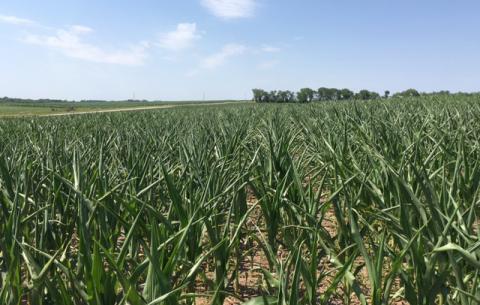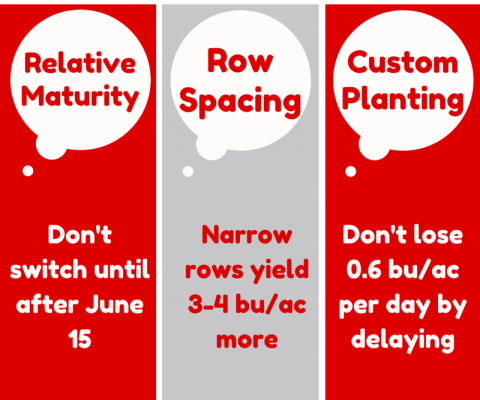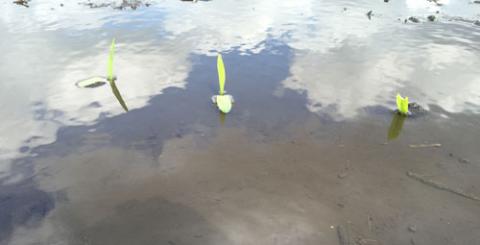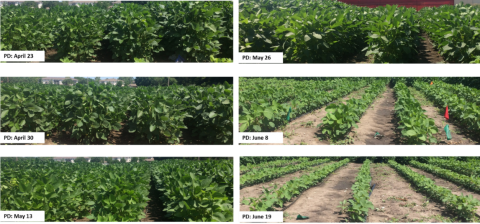SCN Scouting Recommendation Changes; SCN Resistance Possible
July 8, 2016
Mid-summer is an effective time to scout for soybean cyst nematode (SCN) using either the visual or soil test method. This story describes both methods. If SCN is identified, a follow-up soil test approximately six years later can help assess effectiveness of treatment efforts as well as identify SCN resistance.
Japanese Beetles Emerging; Identification Key to Management
July 1, 2016
Japanese beetle adults are beginning to emerge in eastern Nebraska and have been reported feeding in corn and soybean. Here's how to differentiate them from the look-alike sand chafers and treatment thresholds to determine when treatment is recommended.
Impacts of Extreme Heat Stress and Increased Soil Temperature on Plant Growth and Development
June 21, 2016
Both corn and soybean are susceptible to extreme heat (and water) stress during early vegetative stages as well as later critical growth stages (pollination for corn and flowering for soybean). Extreme heat stress can reduce plant photosynthetic and transpiration efficiencies and negatively impact plant root development, which collectively can negatively impact yield. The author recommends that during an extended heat wave (air temperature equal to or greater than 90 F for 7-10 days), applying 0.25-0.40 inch of water can be very beneficial.
Herbicide Injury and Pathogen Infection on Soybean Seedlings
June 17, 2016
In an ongoing survey for soilborne pathogens in soybeans, closer examination of soybean seedling injury in a Keith County field found several causes, including herbicide injury and damping off from Fusarium or Rhizoctonia root rot.
Adjusting for Delayed Soybean Planting
May 27, 2016
As wet conditions further delay soybean planting in some areas, learn what practices may need to be adjusted and which don't to achieve a successful soybean stand.
How Saturated Soils Affect Germination, Seedling Growth
May 12, 2016
Similar to last year’s heavy rains in early May, rain on May 9 and May 10-11 in portions of Nebraska have caused ponding and flooding across some fields. As of Sunday, May 8, USDA-NASS reported that 57% of Nebraska's corn was planted that is behind the 71% planting progress in 2015 but close to the
Are Soybean Seed-Applied Biostimulants Cost Effective in a Corn-Soybean Rotation?
May 6, 2016
Field trials conducted over the past five years on biostimulant soybean seed treatments showed increased value of $9.15 per acre in dryland and $2.93 per acre in irrigated fields for two commercial products.
Early Bird Gets the Worm: Benefits of Early Soybean Planting
April 20, 2016
Weather during the growing season (sunlight, temperature, and rainfall) will ultimately determine the soybean yield potential in a given year. While it is difficult to predict the weather ahead, you have an opportunity to manage your planting date to increase the odds of achieving a higher yield in 2016.






